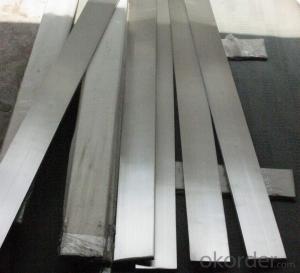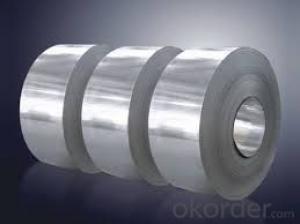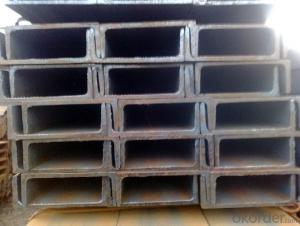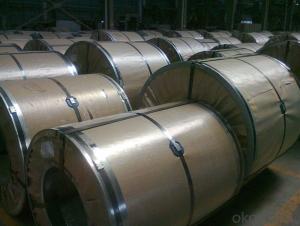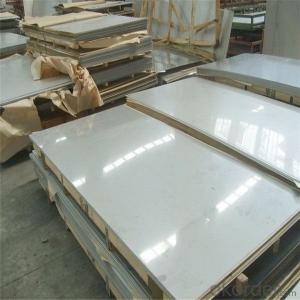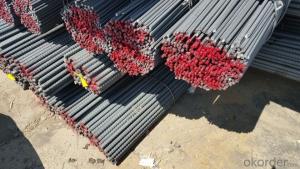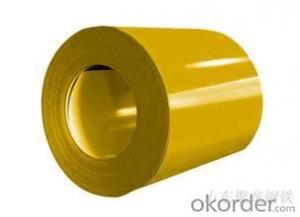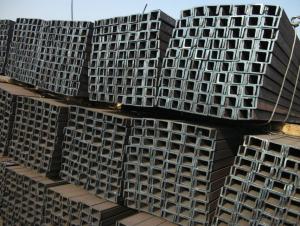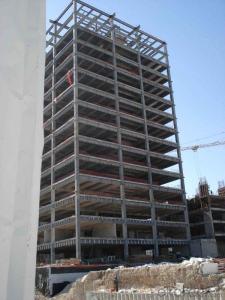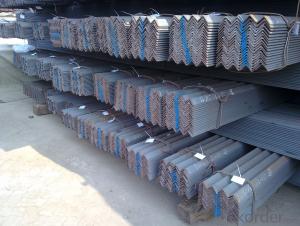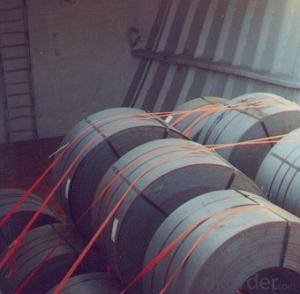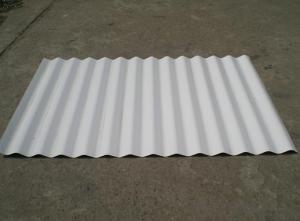All Categories
- - Steel Wire Rod
- - Steel Coils
- - Steel Profiles
- - Steel Pipes
- - Stainless Steel
- - Tinplate
- - Special Steel
- - Steel Sheets
- - Steel Rebars
- - Steel Strips
- - Hot Rolled Steel
- - Cold Rolled Steel
- - Pre-painted Steel
- - Seamless Steel Pipe
- - Welded Steel Pipe
- - Hollow Steel Tubes
- - Galvanized Pipe
- - Stainless Steel Coil
- - Stainless Steel Sheet
- - Stainless Steel Plate
- - Stainless Steel Strips
- - Electrolytic Tinplate Coil
- - Electrolytic Tinplate Sheet
- - Stainless Steel Rebars
- - Solar Panels
- - Solar Water Heater
- - Solar Related Products
- - Solar Inverter
- - Solar Cells
- - Solar Light
- - Solar Energy Systems
- - Solar Controllers
- - Solar Mounting System
- - Solar Pump
- - Solar Chargers
- - Fiberglass Chopped Strand
- - Fiberglass Mesh Cloth
- - Composite Pipes
- - FRP Pultrusion Profiles
- - Fiberglass Mat Tissue
- - Fiberglass Fabrics
- - Fiberglass Mesh
- - Composite Tank
- - Fiberglass Mesh tape
- - Polymer
- - FRP Roofing Panel
- - Fiberglass Roving
- - Monolithic Refractories
- - Ceramic Fiber Products
- - Refractory Bricks
- - Raw Materials For Refractory
- - Suspended Platform
- - Cranes
- - Concrete Machinery
- - Earthmoving Machinery
- - Building Hoist
- - Road Building Machinery
- - Plastic Pipe Fittings
- - Plastic Tubes
- - Plastic Sheets
- - Agricultural Plastic Products
- - Plastic Nets
 All Categories
All Categories
Q & A
How does hot-rolled steel respond to surface rusting and oxidation?
Hot-rolled steel is prone to surface rusting and oxidation due to its composition and exposure to moisture and oxygen.
What are the considerations when welding hot rolled steel to other materials?
When welding hot rolled steel to other materials, there are several considerations to keep in mind. Firstly, it is important to understand the different properties and characteristics of the materials being joined. This includes their melting points, thermal conductivity, and compatibility with each other.
Another consideration is the potential for galvanic corrosion, especially when welding hot rolled steel to dissimilar metals. Galvanic corrosion occurs when two different metals come into contact and are exposed to an electrolyte, such as moisture or humidity. To mitigate this risk, it may be necessary to use appropriate coatings, insulating materials, or welding techniques.
Moreover, the choice of welding process and consumables is crucial. Hot rolled steel has different metallurgical properties compared to other materials, and thus, selecting the appropriate welding method and filler material is essential for achieving a strong and durable weld joint. It is also important to consider the pre-weld and post-weld treatments, such as cleaning, preheating, and stress relieving, to ensure the integrity of the final weld.
Overall, understanding the properties of each material, addressing the risk of galvanic corrosion, selecting the right welding process and consumables, and implementing appropriate pre- and post-weld treatments are key considerations when welding hot rolled steel to other materials.
How does alloying with other elements affect the properties of hot rolled steel?
Alloying with other elements can significantly affect the properties of hot rolled steel. By adding certain elements such as manganese, silicon, or chromium, the strength, hardness, and corrosion resistance of the steel can be increased. Additionally, alloying elements can improve the steel's ability to withstand extreme temperatures, enhance its ductility, and enhance its wear resistance. Overall, alloying plays a crucial role in tailoring the properties of hot rolled steel to meet specific application requirements.
Wholesale Hot Rolled Steel from supplier in Mexico
Whether you require Hot Rolled Steel for construction, manufacturing, or any other industry, we have the expertise and resources to meet your specific requirements. Our team of professionals is dedicated to understanding your needs and providing personalized solutions that optimize your procurement process.
We pride ourselves on delivering high-quality Hot Rolled Steel that meets international standards and adheres to strict quality control measures. Our products are sourced from reputable manufacturers, ensuring reliability and consistency in every order. With our wide network of suppliers, we can offer competitive prices and timely delivery, saving you time and money.
In addition to our sales services, we also provide quotations tailored to your project specifications. Our technical support team is available to assist you throughout the entire process, from selecting the right grade and size of Hot Rolled Steel to providing guidance on handling and installation.
As a subsidiary of CNBM, we have access to a global network of resources and expertise. This allows us to stay at the forefront of industry trends and technological advancements, enabling us to provide you with the most innovative and efficient solutions for your Hot Rolled Steel needs.
Contact us today to discuss your requirements and experience the convenience and reliability of working with a leading supplier of Hot Rolled Steel in Mexico. We look forward to serving you and contributing to the success of your projects.
We pride ourselves on delivering high-quality Hot Rolled Steel that meets international standards and adheres to strict quality control measures. Our products are sourced from reputable manufacturers, ensuring reliability and consistency in every order. With our wide network of suppliers, we can offer competitive prices and timely delivery, saving you time and money.
In addition to our sales services, we also provide quotations tailored to your project specifications. Our technical support team is available to assist you throughout the entire process, from selecting the right grade and size of Hot Rolled Steel to providing guidance on handling and installation.
As a subsidiary of CNBM, we have access to a global network of resources and expertise. This allows us to stay at the forefront of industry trends and technological advancements, enabling us to provide you with the most innovative and efficient solutions for your Hot Rolled Steel needs.
Contact us today to discuss your requirements and experience the convenience and reliability of working with a leading supplier of Hot Rolled Steel in Mexico. We look forward to serving you and contributing to the success of your projects.
